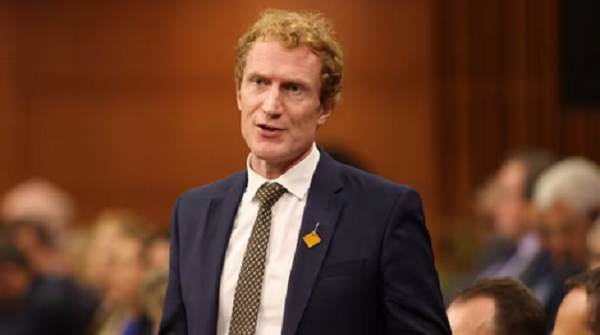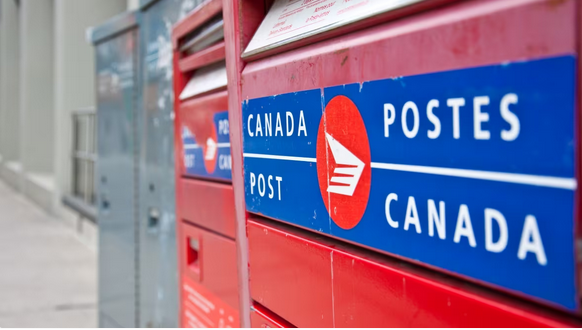Marc Miller and his provincial counterparts on the same page on controlling temporary foreign resident numbers
Federal Immigration Minister Marc Miller and his provincial counterparts appeared to be on the same page after they emerged from their first meeting since Ottawa made the move to rein in Canada’s runaway immigration growth.
“This is an area of government, unlike some others, where there really isn’t a lot of partisan politics in this,” said Saskatchewan Immigration Minister Jeremy Harrison, co-chair of the Forum of Ministers Responsible for Immigration, after their meeting in Montreal on Friday.
“This is one where you have provinces and territories, and the federal government working in the same direction. And that really is to make sure that we have an immigration system that is the envy of the world.”
In emphasizing the importance of collaboration, Miller said he and his counterparts had discussed how to get the balance right on different priorities between temporary and permanent residents as well as supports for newcomers, while addressing regional economic needs and community capacity to accommodate population growth.
“I think we’re on the same wavelength for the big, broad-brush strokes that we need to do a better job in co-ordinating our respective responsibilities that are shared jurisdictions,” Miller said.
“These are problems that are not going away anytime soon. And we need to rise to the occasion.”
Miller said Ottawa and the provinces still have to work out the issues around international students and the issuance of postgraduation work permits to ensure the immigration system is aligned to labour market needs. There are still challenges over the costs of supporting the rising number of asylum seekers across Canada, he added.
One problem is that what works for one province may not be the priority for another. Manitoba, for instance, has successfully asked the federal government to extend the work permits of its 6,700 international graduates so it can keep them in their communities while they’re in the queue for permanent residence.
In Saskatchewan, Harrison said temporary residents such as international students and foreign workers are less an issue, and the annual permanent resident quota it gets from Ottawa through the provincial nominee program is a bigger concern.
“We want to convert temporary residents to permanent residents, who make their home in Saskatchewan,” Harrison said. “That’s always been the overall policy objective.”
During the pandemic, Ottawa relaxed rules on international students and migrant workers to ease the dire labour shortages while opening the doors to displaced Ukrainians and Afghans on humanitarian grounds. These measures contributed to the growth of the temporary resident population, to 2.5 million from 1.4 million just two years ago.
To rein in population growth that has contributed to a housing crisis and strained resources, Miller has set a goal to reduce the share of temporary residents of the overall population from the current 6.1 per cent to five per cent over three years.
Miller said he has asked the provinces to provide the data on local labour market needs and temporary resident populations, and will share the new immigration levels plan for 2025-2027 with them shortly for input. “Some difficult decisions will have to be made.”
This article was first reported by The Star













